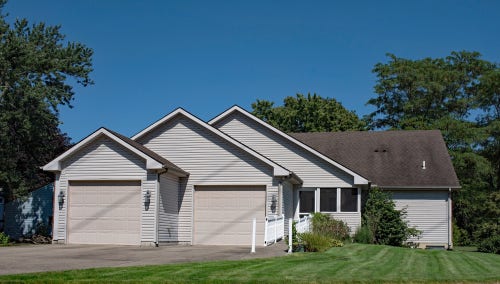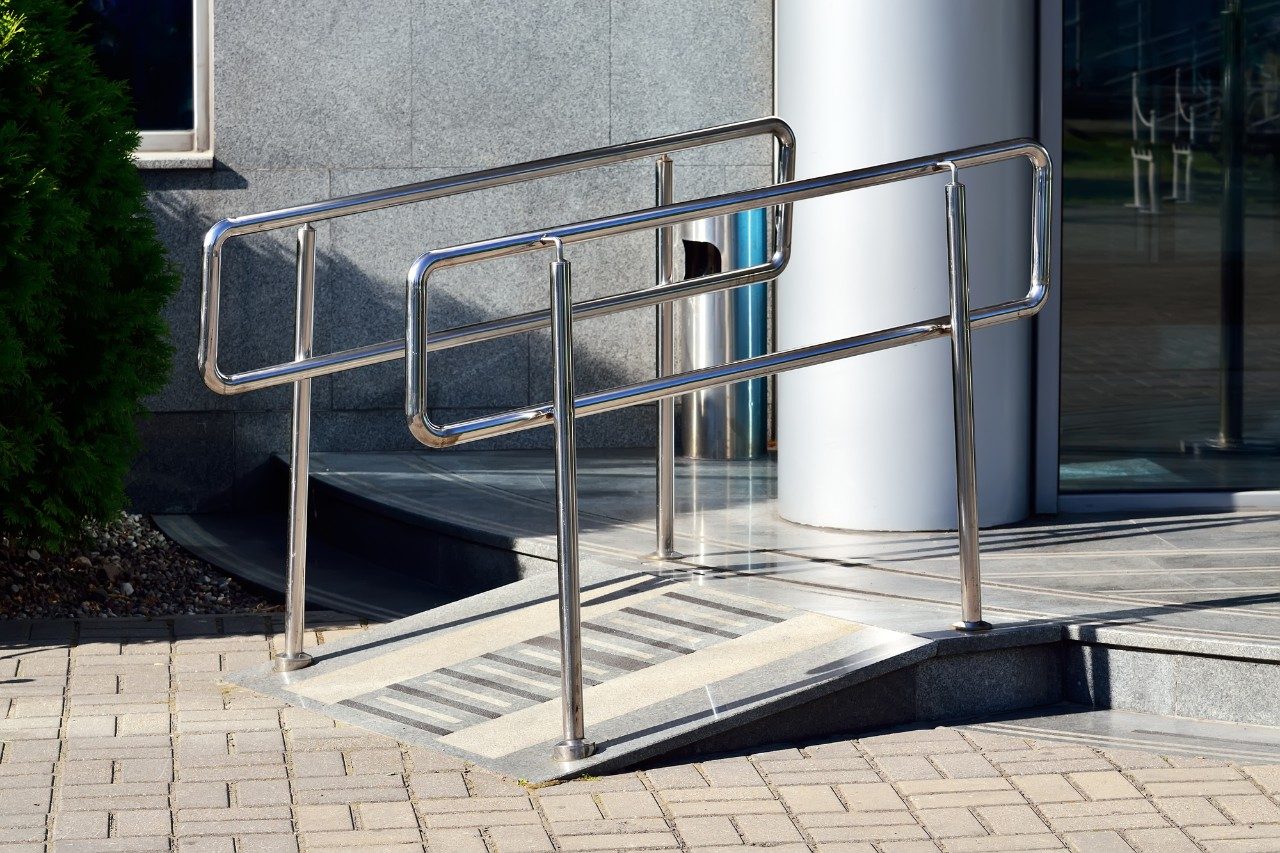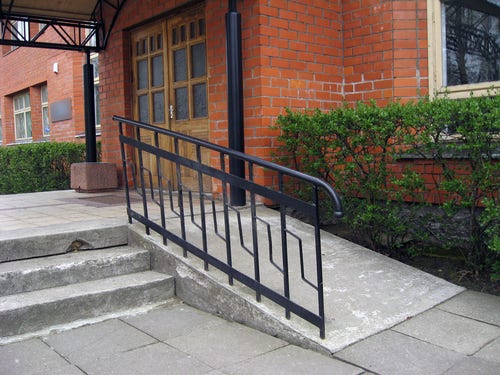
How to Build a Wheelchair Ramp for a Deck
For wheelchair users, the thought of going outside may feel like more of a hassle than an enjoyable time. Getting beyond the door can be a challenge if your home lacks accessibility. Whether you enjoy sitting out in the summer sun or the cool fall breeze, a wheelchair ramp for a deck can help you get outside more while staying near the comfort of your home. Follow this guide to build a wheelchair ramp for your deck, ensuring it meets safety standards and provides smooth access for individuals using wheelchairs or other mobility aids.
Check Local Building Codes
Before starting your construction project, familiarize yourself with local building codes and regulations. These codes provide specific guidelines regarding ramp dimensions, slope, handrail requirements, and other safety considerations. Contact your local building authority or consult a professional to ensure your ramp meets necessary building codes and safety standards.
Determine Wheelchair Ramp Location
Carefully choose where the wheelchair ramp will be placed on your deck, taking into account factors like convenient access, minimal obstructions, and the ramp's required length. Accurately measure the available space to determine the ramp's length and width requirements.
Calculate Wheelchair Ramp Length and Slope
Calculate the wheelchair ramp's length based on the desired slope. The recommended slope for wheelchair ramps is 1:12, meaning one inch of rise for every 12 inches of ramp length. For instance, if your deck's height is 24 inches, the ramp length should be at least 24 feet to achieve a 1:12 slope. Adjust these calculations to fit your specific requirements.
Gather Materials and Tools
Collect all the necessary materials and tools for the ramp construction. This typically includes pressure-treated lumber for the frame, decking boards, galvanized screws or nails, concrete footings (if required), post anchors, and various carpentry tools like saws, drills, and measuring tape.
Prepare the Site
Prepare the area where the deck ramp will be installed. Remove any obstacles or debris and ensure a level and stable foundation. If necessary, pour concrete footings for the ramp supports or securely attach post anchors to the deck.
Build the Wheelchair Ramp Frame
Construct the frame of the ramp using pressure-treated lumber. Begin by creating a rectangular frame that matches the ramp's dimensions. Strengthen the frame with additional support beams and cross-braces to ensure stability and strength. Attach the frame securely to the deck or post anchors using appropriate fasteners.
Install the Decking
Once the frame is in place, install the decking boards perpendicular to the ramp's length. Use galvanized screws or nails to secure the decking to the frame, leaving a small gap between each board to allow for drainage.
Add Handrails
Enhance safety and stability by incorporating handrails on both sides of the ramp. Ensure the handrails meet local building codes in terms of height and design. Your ramp should have handrails if it rises higher than six inches. Utilize sturdy materials like pressure-treated lumber or metal and securely attach them to the ramp frame.
Test and Inspect the Wheelchair Ramp
After completing the construction, conduct a thorough inspection of the wheelchair ramp to ensure it meets safety standards. Test the ramp's stability, slope, and handrail strength, and make any necessary adjustments or improvements to ensure a safe and functional ramp.
Apply Non-Slip Surface
To enhance traction and prevent slips, apply a non-slip surface to the ramp. Choose a material that is durable, weather-resistant, and easy to clean. Options include non-slip paint, adhesive strips, or rubber matting.
Need Help Constructing a Wheelchair Ramp?
Constructing a deck ramp for wheelchair accessibility could be a complex project. By following the steps outlined in this guide and consulting professionals when needed, you can create a ramp that provides a safe and convenient way for individuals with mobility challenges to enjoy outdoor spaces.
If you lack carpentry skills or require a temporary solution, consider purchasing a pre-built wheelchair ramp from a local hardware store or reach out to disability organizations like Servants at Work (SAWs). SAWs has partnered with BraunAbility for many years to provide wheelchair ramps for those facing income inequality to ensure everyone can enjoy the world beyond their home. Visit the SAWs website to explore your options and apply for a ramp that suits your needs.
If you’re looking to go beyond your home deck, a wheelchair accessible vehicle may be a great option. Contact a BraunAbility product specialist to discuss mobility solutions to fit your needs.




